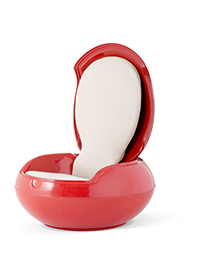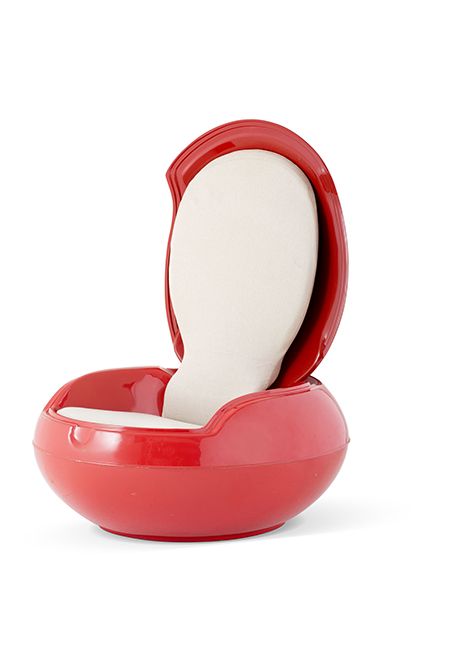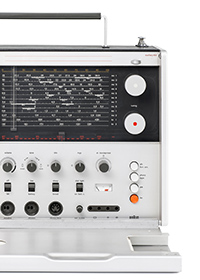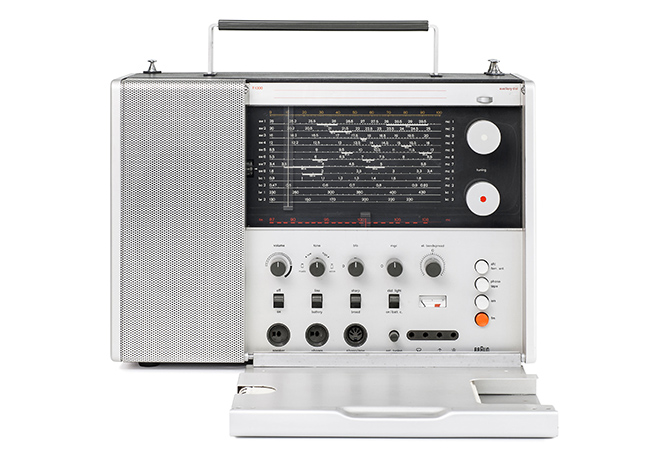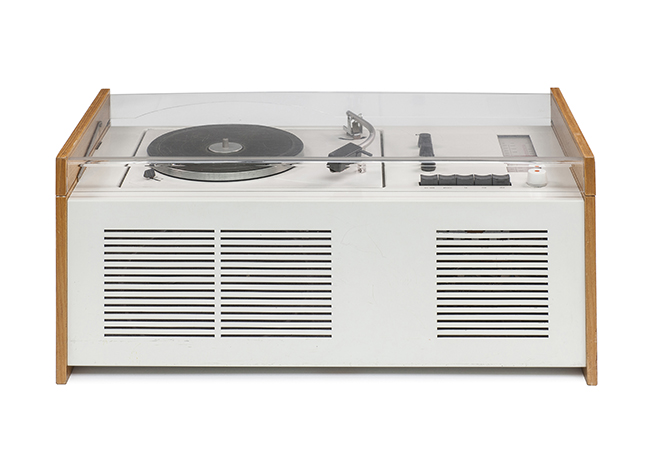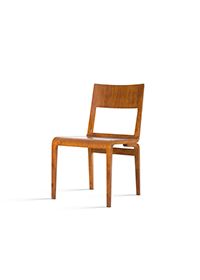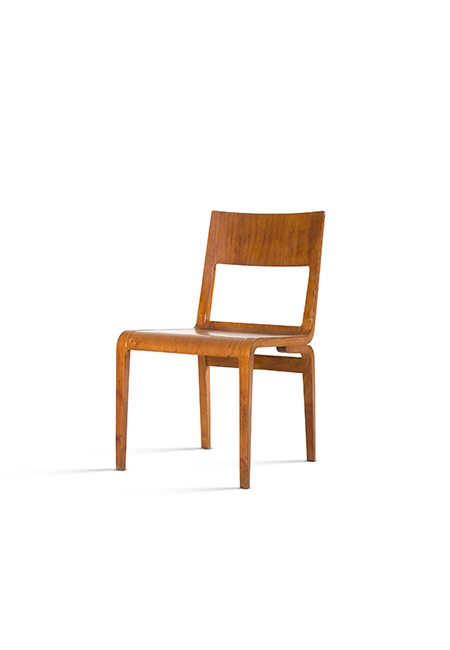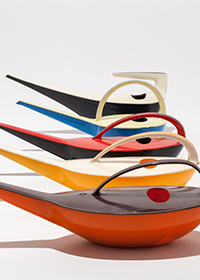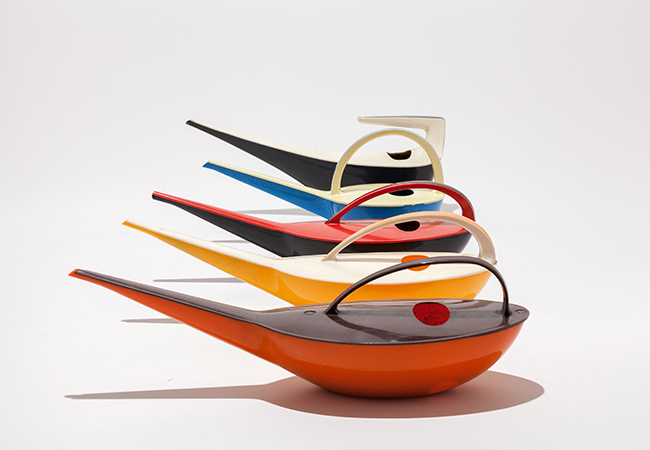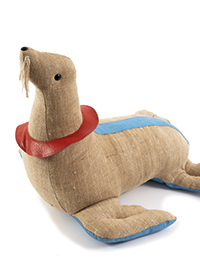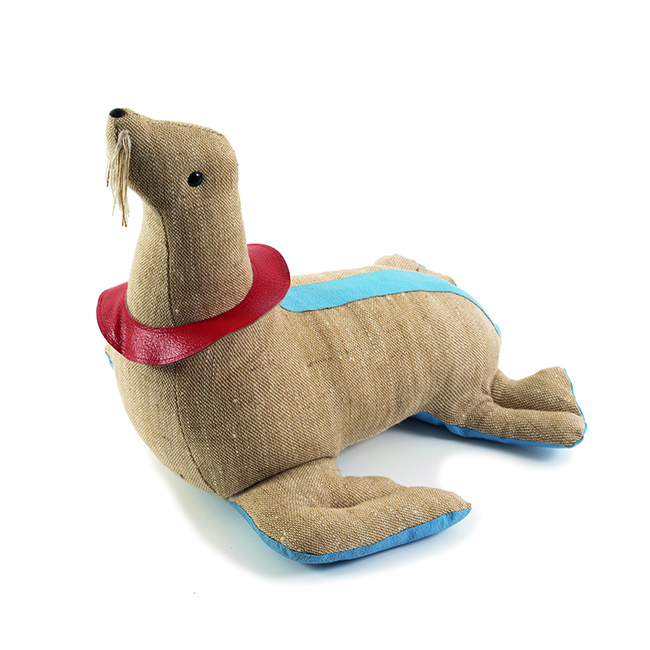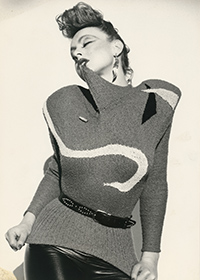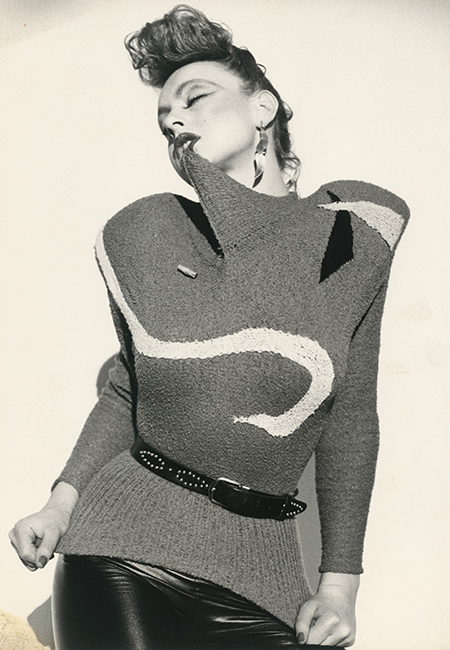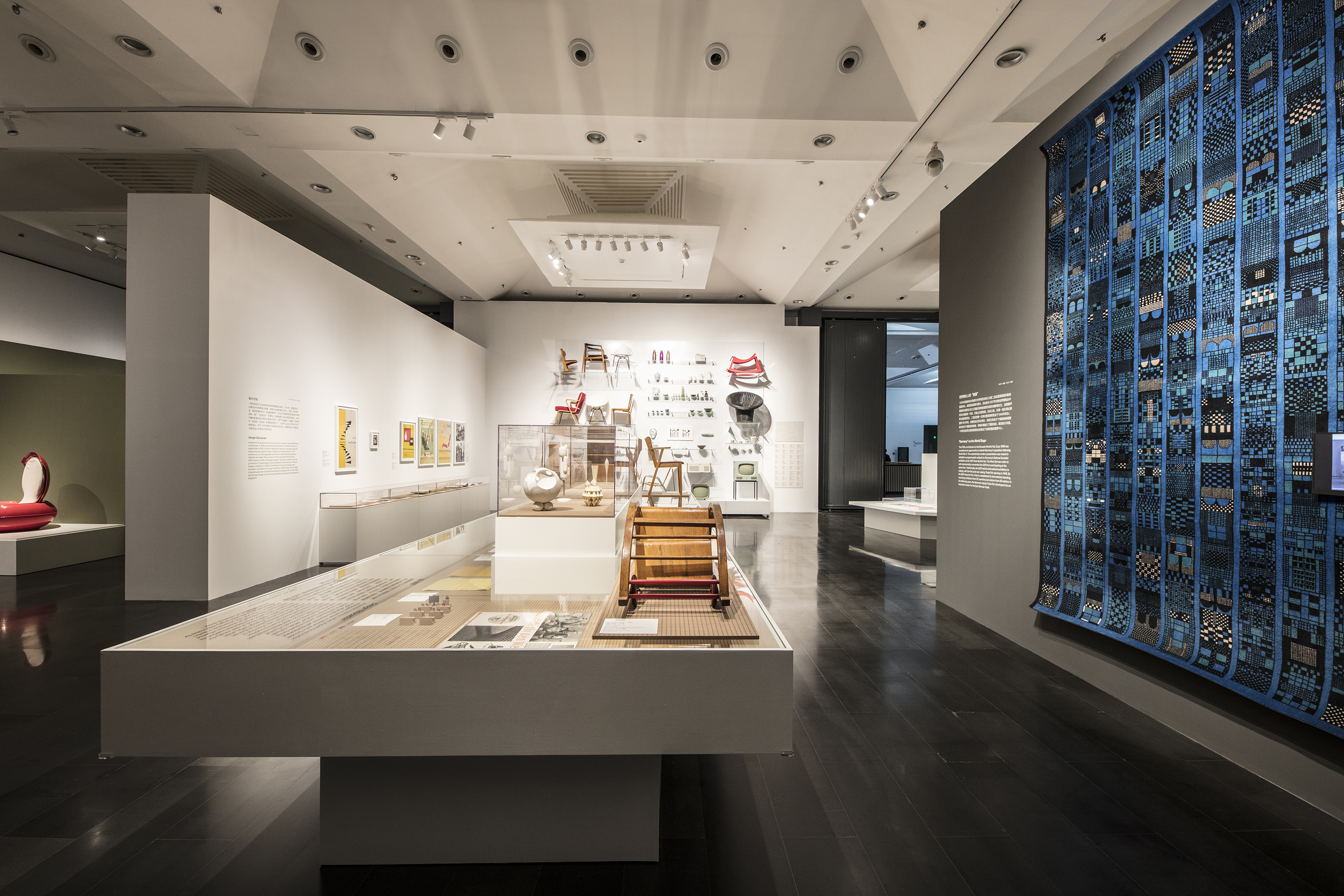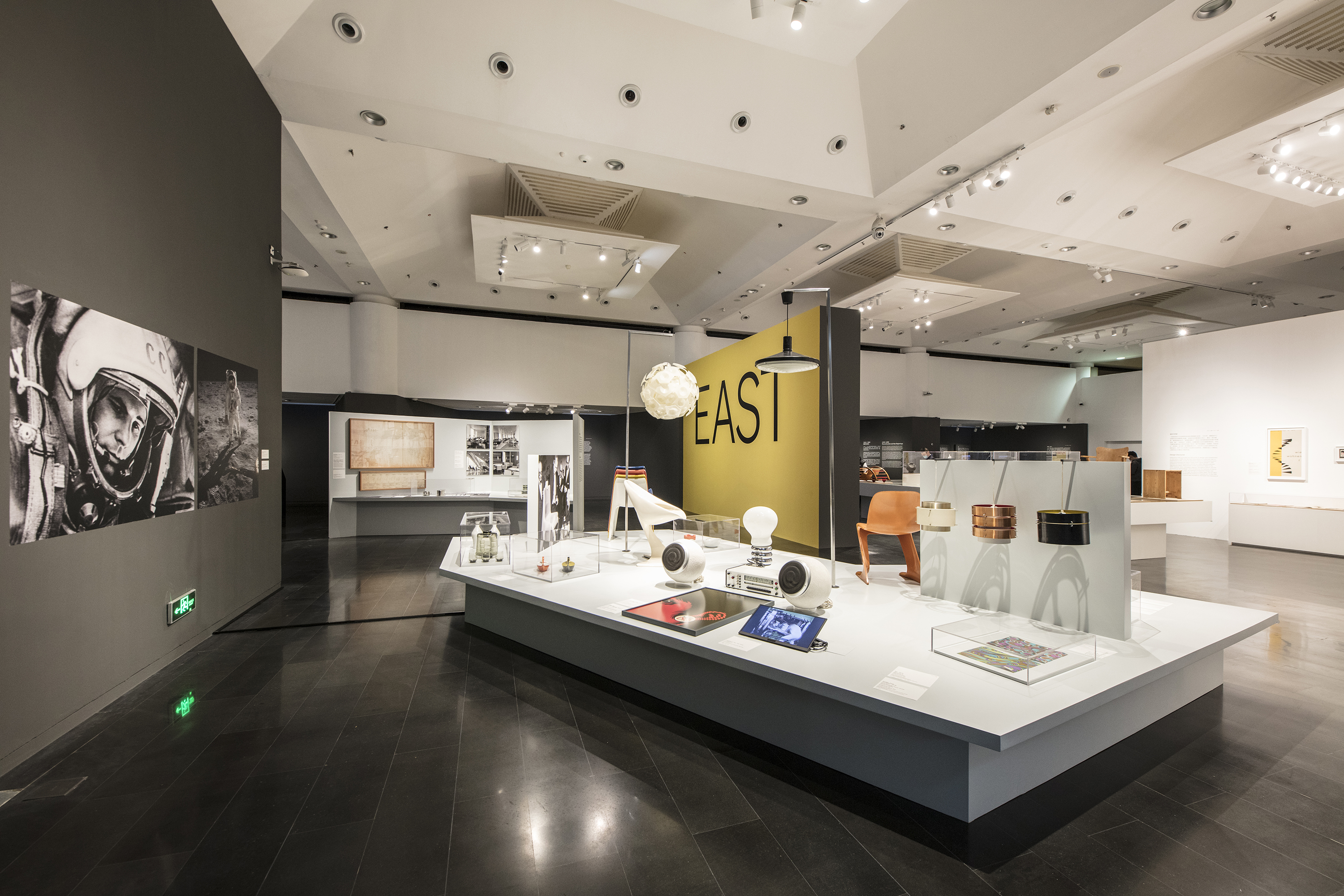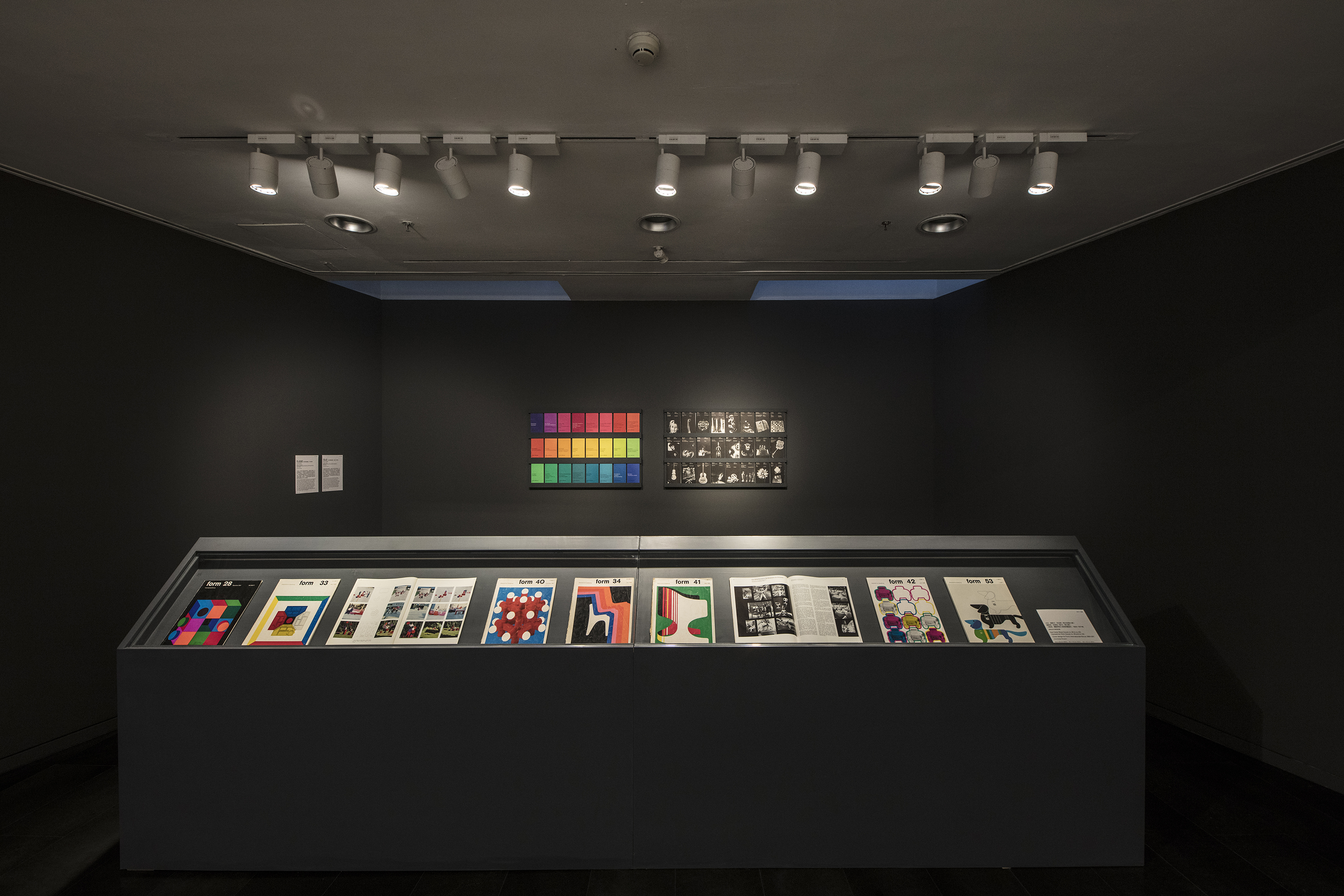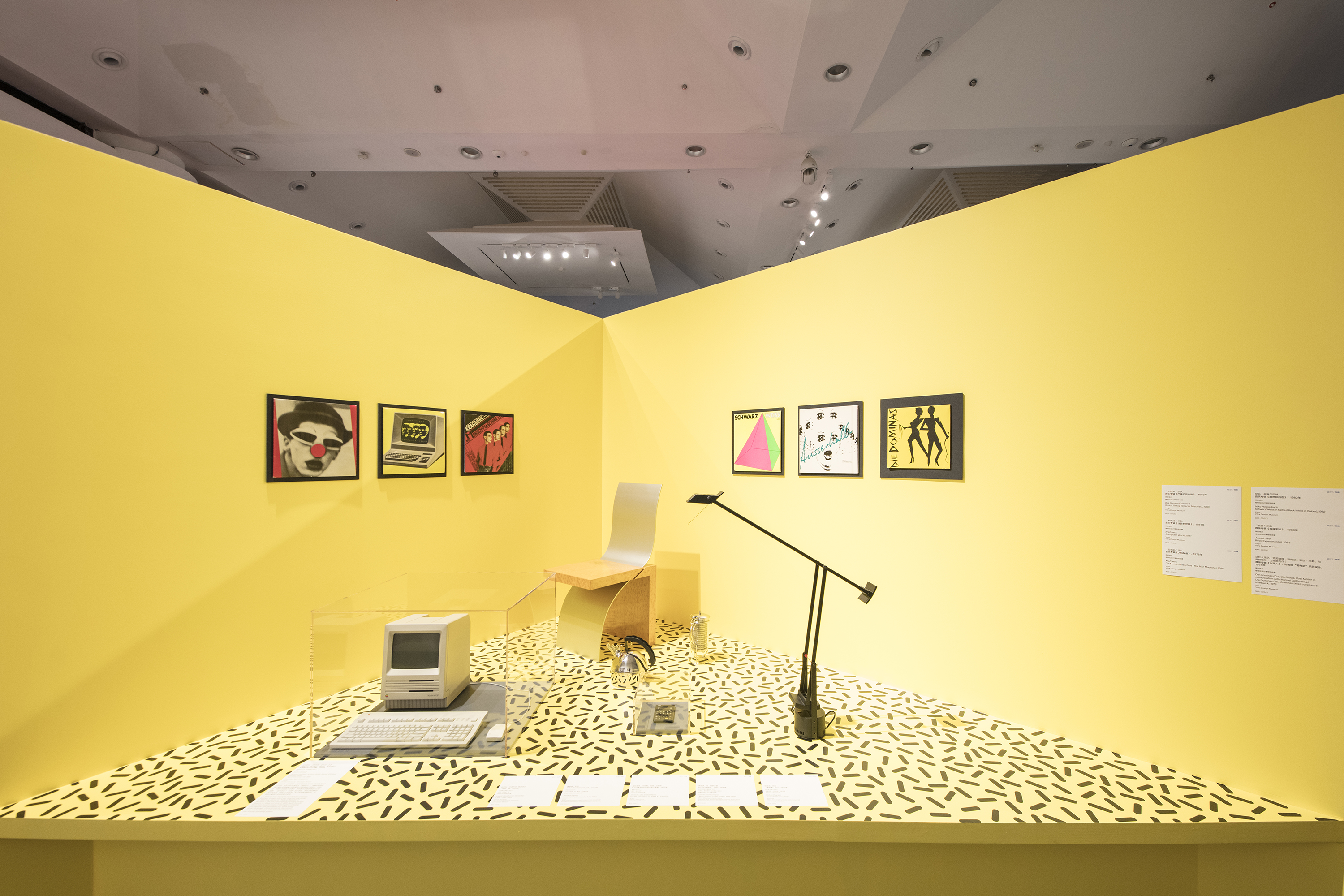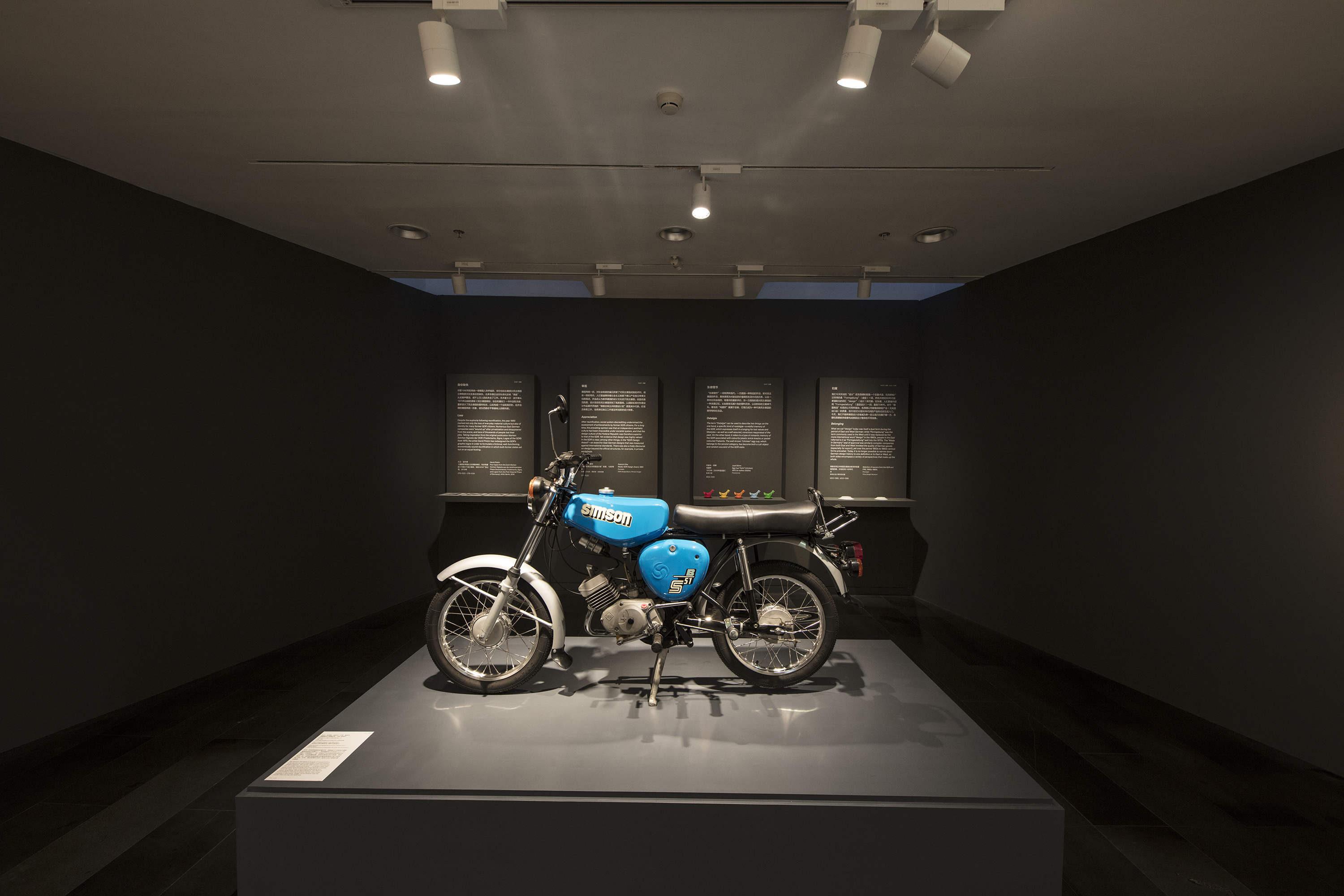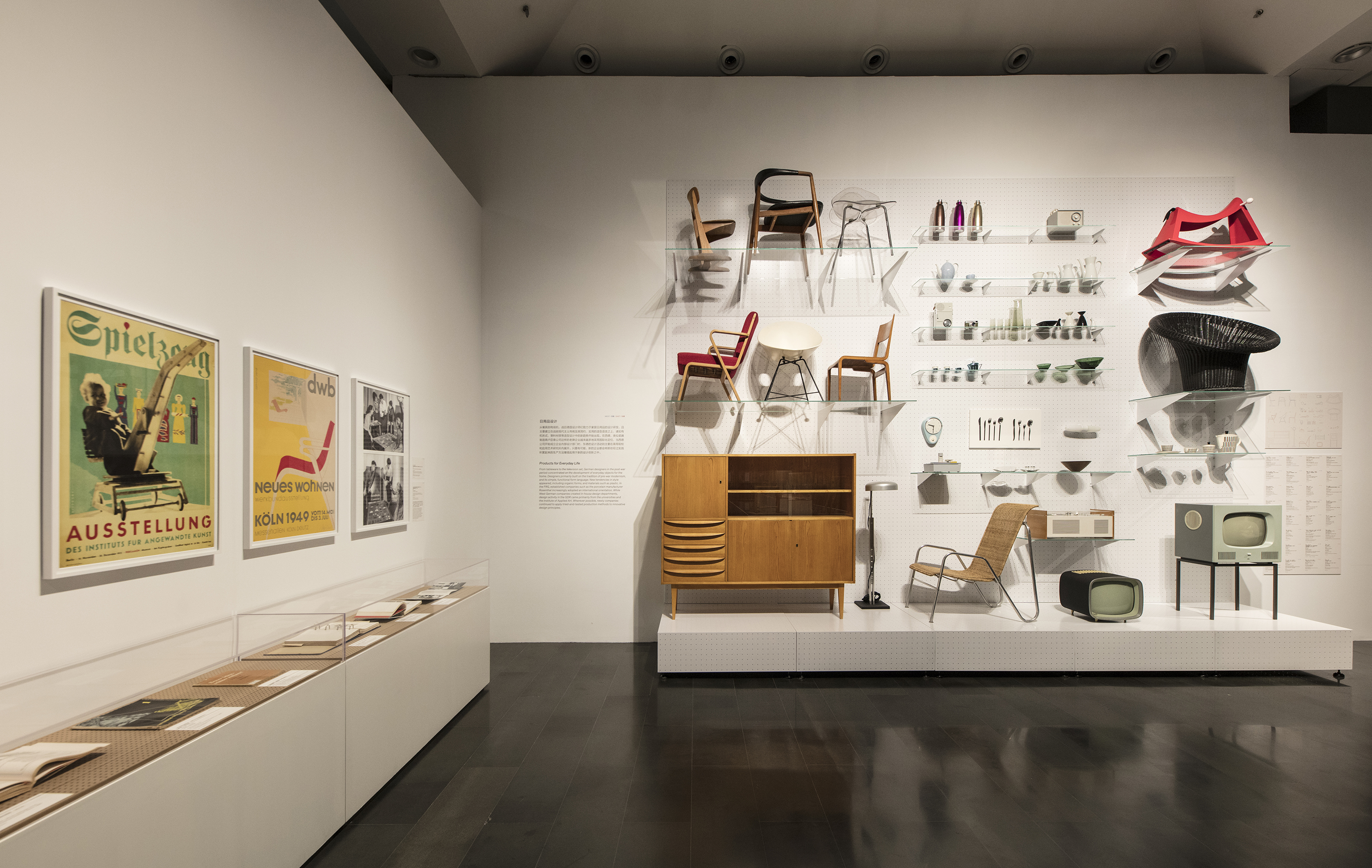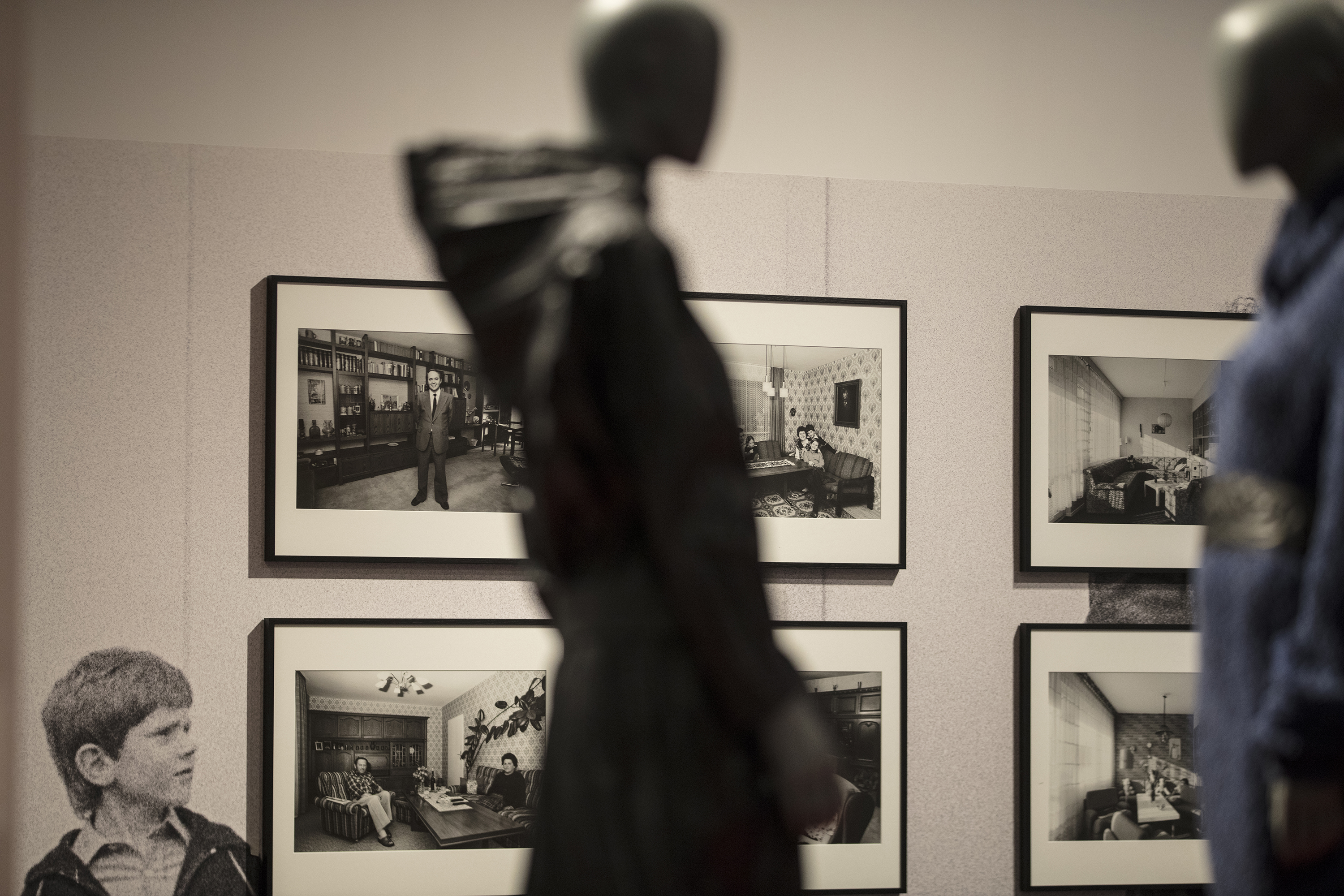Past Exhibitions>
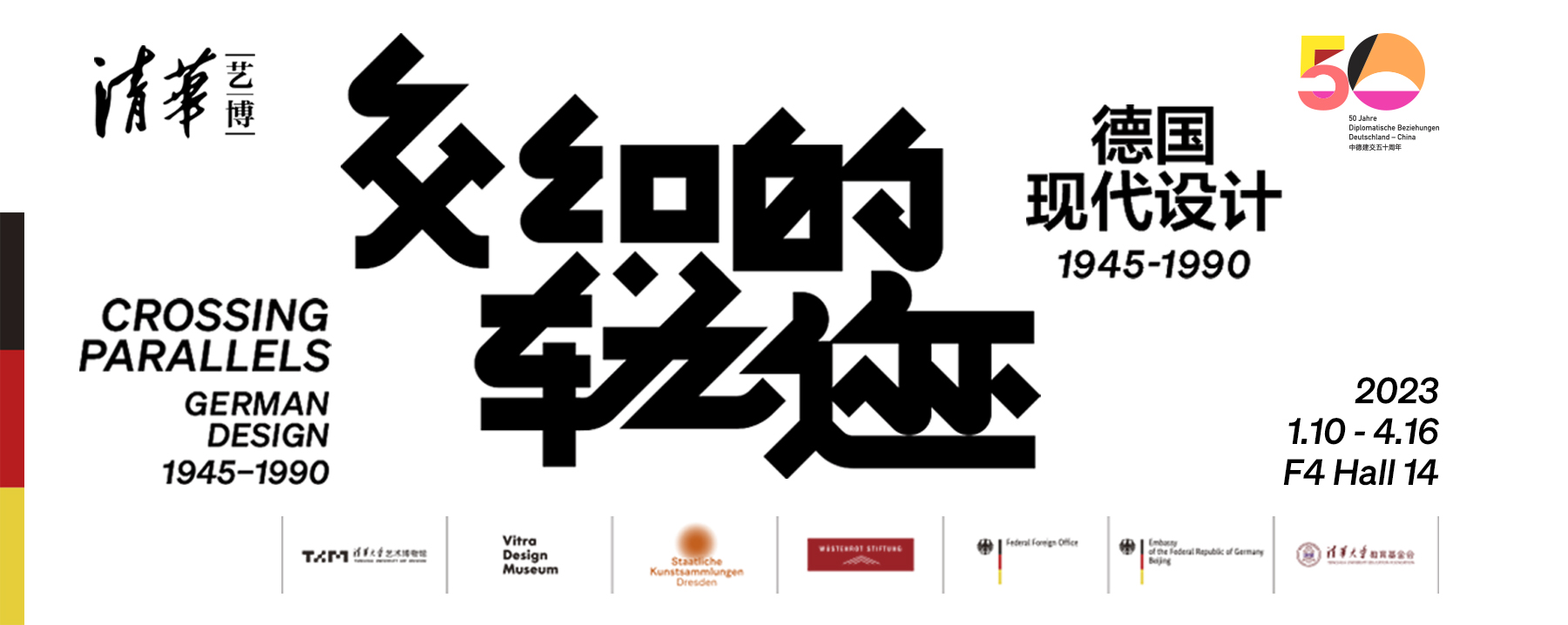
At the beginning of the 20th century, design from Germany achieved worldwide significance thanks to the Werkbund association and the Bauhaus. With the end of World War II in 1945, Germany was confronted with the challenges of post-war reconstruction. After 1949, design and everyday culture continued to develop separately on both sides of the border—in the West as the motor of the “economic miracle”, in the East as part of a socialist planned economy. What was the development path of German design of the post-war era? The answer is the key academic topic presented in the comprehensive exhibition.
This exhibition presents over 300 pieces of German design works in the post-war era covering graphic design, industrial design, furniture design, lighting design, interior design, fashion, textiles, jewelry design and many other categories. A focus is placed on protagonists like Dieter Rams, Hans Gugelot, Rudolf Horn or Margarete Jahny, and on preeminent institutions like Burg Giebichenstein in Halle, the Hochschule für Gestaltung in Ulm or Hochschule für Gestaltung Offenbach. Design was a valuable instrument of industry, of culture, and an expression of the everyday realities and goals of its citizens that can still be felt today. Through different functional design cases, the exhibition narrates design and history, society, everyday culture, and other elements are closely intertwined, and explores the differences and similarities of design concept and practice in the German Democratic Republic (GDR) and the Federal Republic of Germany (FRG), traces a panorama of post-war German design history.
